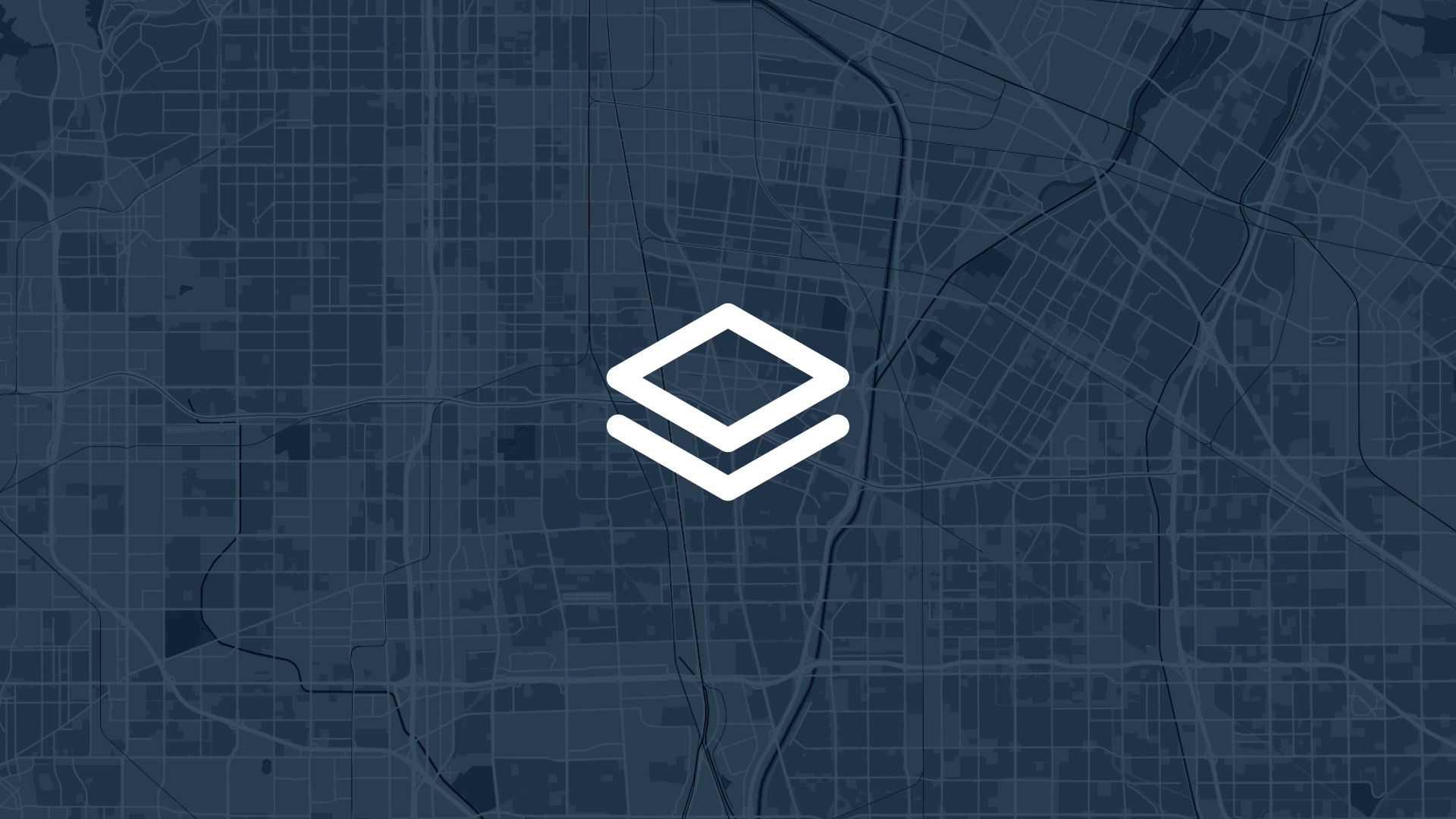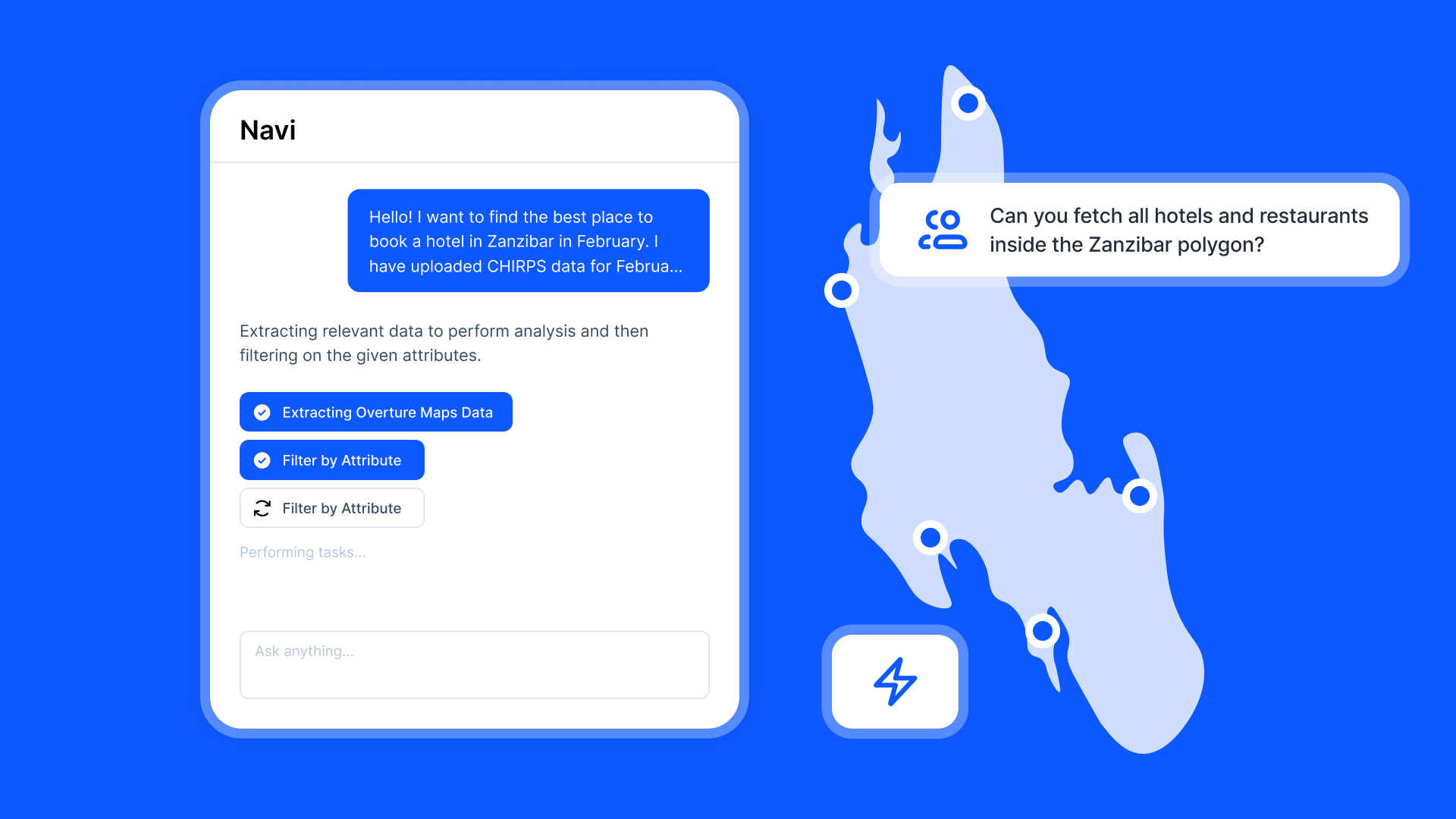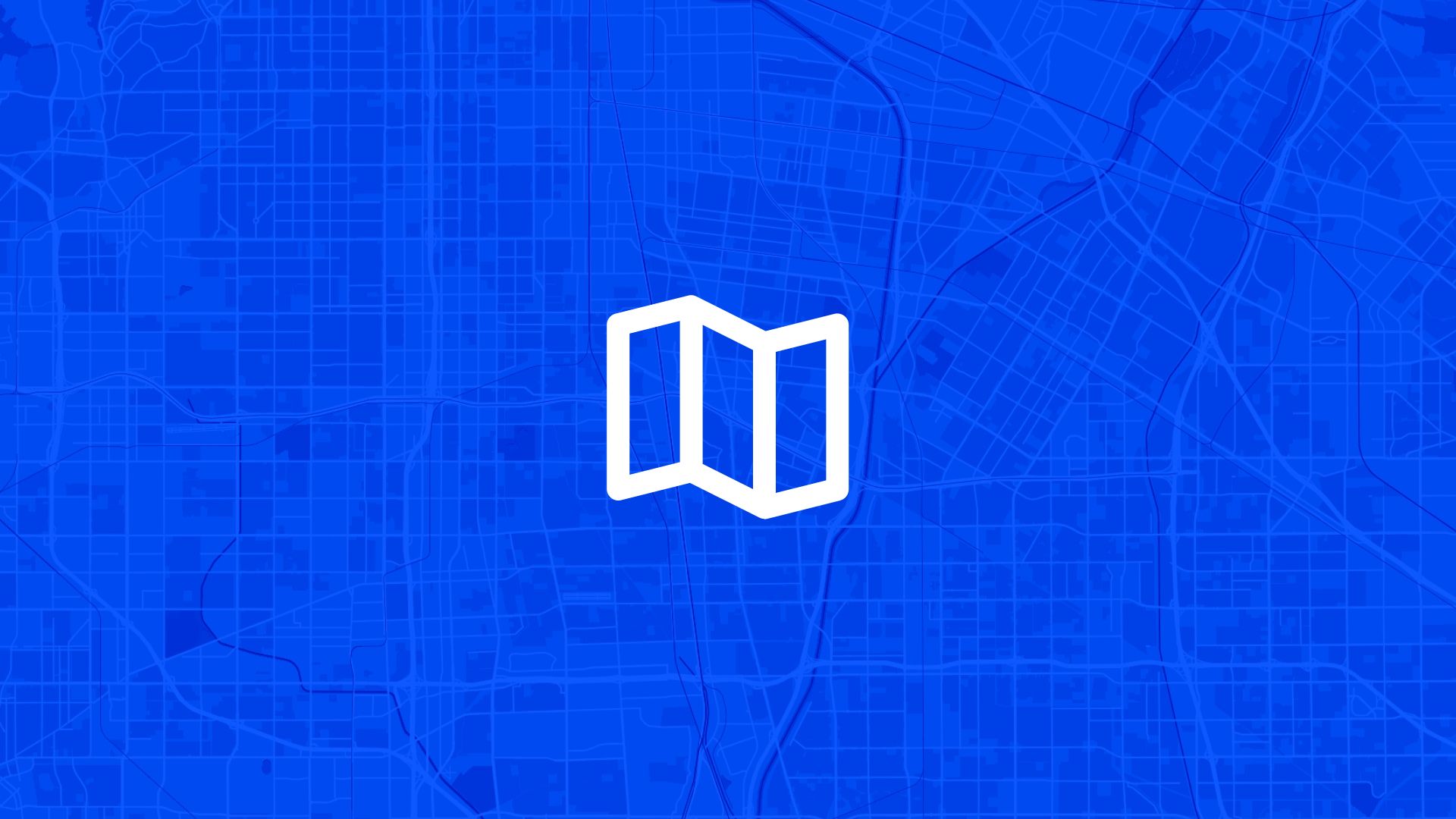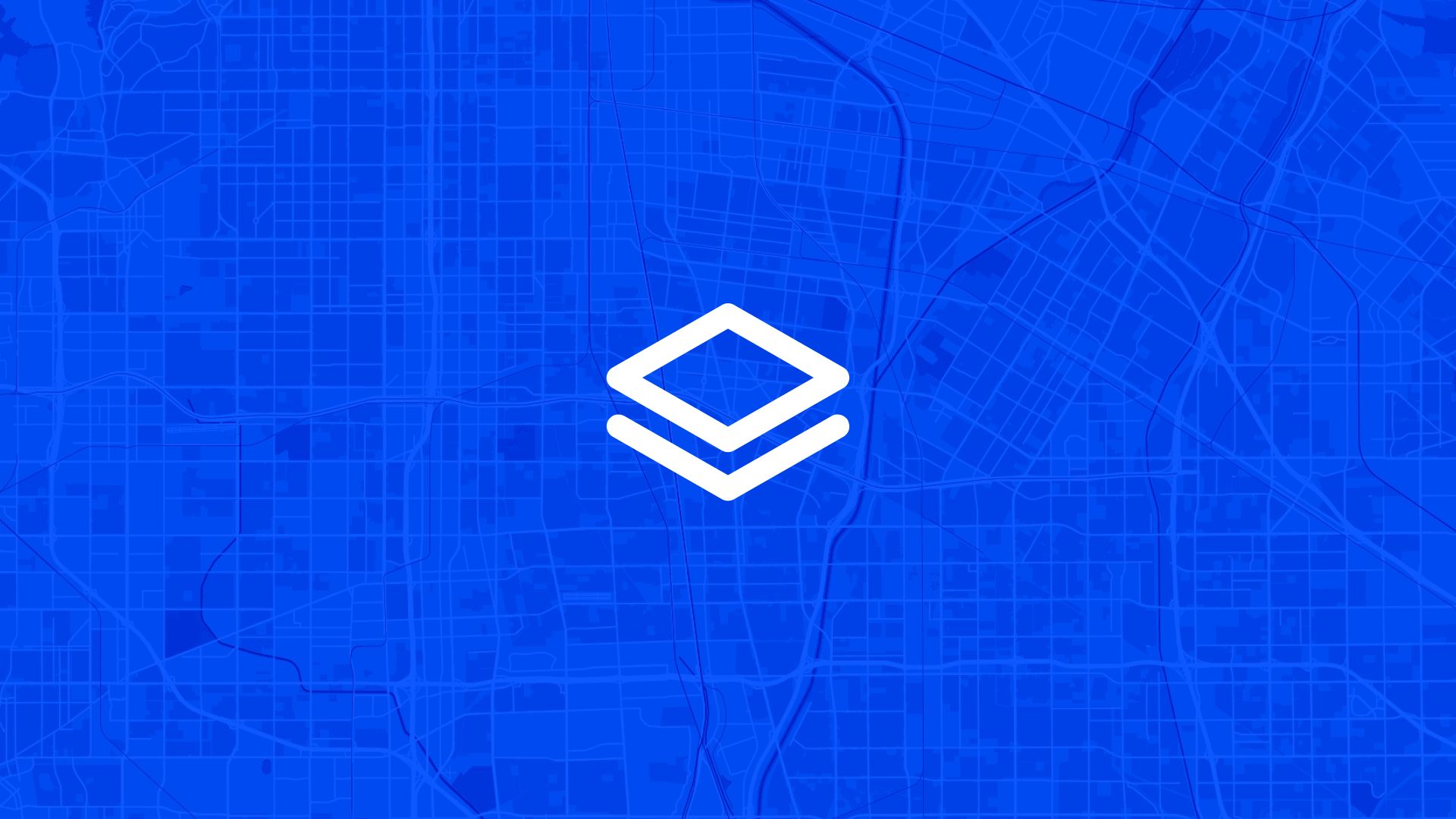The most responsive city governments start with comprehensive resident feedback that connects community input directly to specific geographic locations and municipal services.
If your community engagement relies only on general surveys, city council meetings, or service request systems that lack geographic context and location-specific input, you're missing the detailed local knowledge that improves city services and planning decisions. That's why forward-thinking city managers ask: can we let residents comment directly on city maps to provide location-specific feedback on everything from infrastructure needs to service delivery?
With Atlas, you can create interactive city maps that enable residents to provide geographic feedback on municipal services, infrastructure conditions, planning proposals, and community priorities. No disconnected input processes, no uncertainty about where problems exist, no barriers to meaningful civic participation. Everything starts with clear city visualization and location-specific community engagement.
Here's how to set it up step by step.
Why Geographic Resident Feedback Matters for City Government
Letting residents comment on city maps enables better municipal service delivery and more effective community-responsive governance.
So geographic resident feedback isn't just good citizen engagement—it's essential municipal management that creates more effective, responsive city government through location-specific community knowledge.
Step 1: Create Comprehensive City Maps for Resident Input
Atlas makes it easy to set up interactive city mapping for community feedback:
- Upload city boundaries and neighborhoods showing the complete municipal area and distinct community districts
- Add municipal infrastructure including roads, utilities, parks, public facilities, and transportation networks
- Import service delivery areas showing police districts, fire stations, public works zones, and other municipal service boundaries
- Include planning and zoning information highlighting current land use, zoning districts, and development regulations
Once configured, your city map provides the geographic foundation for comprehensive, location-specific resident feedback on all aspects of municipal services and planning.
Step 2: Enable Location-Specific Comments Across All City Services
Next, create comprehensive feedback capabilities for different municipal functions:
You can enable resident comments on:
- Infrastructure conditions including road maintenance needs, sidewalk repairs, utility problems, and public facility issues
- Public safety concerns highlighting areas needing better lighting, traffic safety improvements, or emergency service access
- Parks and recreation feedback covering park maintenance, facility improvements, programming needs, and accessibility concerns
- Transportation and mobility including transit service, bike infrastructure, parking issues, and pedestrian safety
- Planning and development enabling input on zoning changes, development proposals, and comprehensive planning updates
- Environmental and sustainability covering stormwater management, tree maintenance, waste services, and environmental health
Each comment connects to a specific geographic location, providing city staff with precise information about community concerns and improvement opportunities.
Step 3: Design Accessible Civic Engagement for All Residents
To make city map commenting inclusive and straightforward for all community members:
- Create simple access systems through shareable links that work on any device without requiring special apps or technical knowledge
- Set up comment categories organized by municipal department and service type to help residents provide relevant, actionable feedback
- Add anonymous options so residents can report problems or provide input without privacy concerns or fear of retaliation
- Include photo and documentation capabilities allowing residents to provide visual evidence of infrastructure problems or community assets
- Configure multilingual support accommodating diverse community languages and ensuring all residents can participate
Civic engagement becomes accessible to all residents regardless of technical experience, language, or comfort with traditional government processes.
Step 4: Organize and Route Resident Feedback to Municipal Departments
To manage location-specific resident input effectively across city government:
- Create departmental routing systems automatically directing infrastructure comments to public works, safety concerns to police, and planning input to development departments
- Set up priority classification helping staff identify urgent safety issues, routine maintenance needs, and long-term planning considerations
- Design response tracking showing residents how their feedback is being addressed and what actions city staff are taking
- Configure notification systems alerting residents when their concerns are resolved or when city projects address their input
- Establish transparent communication showing how resident feedback influences budget decisions, service priorities, and policy changes
Step 5: Use Geographic Feedback for City Planning and Service Improvement
To integrate resident input into municipal decision-making and service delivery:
- Generate neighborhood priority reports summarizing resident concerns and improvement requests by geographic area and service type
- Create infrastructure needs assessments using resident feedback to identify maintenance backlogs, capacity issues, and improvement opportunities
- Set up budget planning integration incorporating resident priorities into capital improvement planning and service resource allocation
- Design policy development support using geographic feedback to inform zoning updates, service delivery changes, and regulatory improvements
- Configure performance measurement tracking how responsive city government becomes to resident feedback and community priorities
Geographic resident feedback becomes part of comprehensive, community-responsive municipal management and planning.
Step 6: Build Ongoing Community Engagement and Government Transparency
Now that residents can comment directly on city maps:
- Create regular feedback summaries showing community input trends, resolution rates, and government responsiveness to resident concerns
- Set up public transparency dashboards displaying how resident feedback influences city decisions, budget priorities, and service improvements
- Design community reporting keeping residents informed about how their input creates positive changes in municipal services and planning
- Configure civic engagement metrics measuring participation rates, response times, and resident satisfaction with city responsiveness
- Export engagement data for integration with municipal management systems, performance reporting, or grant applications
Your interactive city mapping becomes part of comprehensive civic engagement and responsive municipal governance.
Use Cases
Letting residents comment on city maps is useful for:
- Municipal governments improving service delivery and building community engagement through location-specific resident feedback
- City planning departments collecting community input on zoning changes, development proposals, and comprehensive planning updates
- Public works departments identifying infrastructure problems and maintenance priorities through direct resident reporting
- Community development organizations facilitating resident participation in neighborhood improvement and municipal advocacy
- Mayor and city council offices understanding constituent priorities and demonstrating responsive governance to community concerns
It's essential for any municipal government where resident input improves service delivery and creates more responsive, accountable local governance.
Tips
- Provide regular feedback summaries showing residents how their input influences city decisions and service improvements
- Create response time commitments establishing clear expectations for how quickly city staff will address different types of resident concerns
- Combine map comments with meetings including opportunities for residents to discuss complex issues in person with city staff
- Use feedback for budget planning incorporating resident priorities into capital improvement projects and service resource allocation
- Share success stories highlighting examples of how resident feedback has led to meaningful improvements in city services and infrastructure
Letting residents comment on city maps in Atlas enables comprehensive civic engagement and responsive municipal governance.
No separate citizen engagement platforms needed. Just create interactive city maps, enable location-specific feedback, and build the responsive government processes that connect community knowledge with better municipal services.
Planning and Public Feedback with Atlas
When you're planning projects that affect communities, the challenge isn't just creating good technical solutions—it's making sure those solutions work for the people who will live with them.
Atlas gives you the tools to make planning truly participatory: one map for proposals, community input, and transparent decision-making.
Share Plans and Collect Location-Specific Input
You can:
- Upload planning proposals with clear visual context and project details
- Enable public comments tied to specific geographic locations and planning elements
- Moderate and organize community feedback for meaningful analysis and response
Also read: Create a Public Feedback Map for a Project
Build Transparent, Responsive Planning Processes
Atlas lets you:
- Show how public input influences planning decisions and proposal modifications
- Create comprehensive engagement records for planning commission review and public accountability
- Export community feedback for integration with planning workflows and decision documentation
That means no more disconnected public input, and no more questions about whether community voices actually matter in planning decisions.
Plan Better with Community Knowledge
Whether you're updating comprehensive plans, reviewing development proposals, or planning infrastructure improvements, Atlas helps you tap into local knowledge that makes plans work better for everyone.
It's community-centered planning—designed for genuine public participation.
Boost Your Planning Process with the Right Tools
Planning moves fast, but communities need time to understand and respond to proposals. Whether you're collecting input, analyzing feedback, coordinating stakeholders, or making decisions—clarity and participation matter.
Atlas gives you both.
In this article, we covered how to let residents comment on city maps, but that's just one of many things you can do with Atlas.
From project visualization to community engagement, stakeholder coordination, and transparent development, Atlas makes complex project planning accessible and participatory. All from your browser. No project management expertise needed.
So whether you're launching development projects, infrastructure improvements, or community initiatives, Atlas helps you move from "announcing projects" to "engaging communities" faster.
Sign up for free or book a walkthrough today.





